GANDHARAN PREACHING BUDDHA 3rd-4th century AD or later A schist statue of the Buddha seated on a throne, wearing monastic robes and with halo behind head; hair pulled up into top knot, urna between the eyes; hands in the teaching gesture; mounted on a custom-made stand. 12.25 kg, 48cm including stand (19"). Fine condition. Provenance UK art market, acquired prior to 2000. Footnotes Gandhara is noted for the distinctive style of Buddhist art, which developed from a merger of Greek, Syrian, Persian, and Indian artistic influences. This development began during the Parthian Period (50 BC – AD 75) but is most notable for the Hellenistic styles that developed their unique forms through contact with Indian artistic traditions. The Gandharan style flourished and achieved its peak during the Kushan period, from the 1st to the 5th centuries. It declined and was destroyed after the invasion of the White Huns in the 5th century. Prior to the arrival of the Greeks to the area the Buddha was only represented through symbols, such as a wheel, or foot prints and an empty throne, as there was a ban on the depiction on the Buddha in art. Due to the increased influence of Hellenistic culture the Buddha was eventually depicted in statues and paintings, often with the features of Greek deities or Alexander the Great.
GANDHARAN PREACHING BUDDHA 3rd-4th century AD or later A schist statue of the Buddha seated on a throne, wearing monastic robes and with halo behind head; hair pulled up into top knot, urna between the eyes; hands in the teaching gesture; mounted on a custom-made stand. 12.25 kg, 48cm including stand (19"). Fine condition. Provenance UK art market, acquired prior to 2000. Footnotes Gandhara is noted for the distinctive style of Buddhist art, which developed from a merger of Greek, Syrian, Persian, and Indian artistic influences. This development began during the Parthian Period (50 BC – AD 75) but is most notable for the Hellenistic styles that developed their unique forms through contact with Indian artistic traditions. The Gandharan style flourished and achieved its peak during the Kushan period, from the 1st to the 5th centuries. It declined and was destroyed after the invasion of the White Huns in the 5th century. Prior to the arrival of the Greeks to the area the Buddha was only represented through symbols, such as a wheel, or foot prints and an empty throne, as there was a ban on the depiction on the Buddha in art. Due to the increased influence of Hellenistic culture the Buddha was eventually depicted in statues and paintings, often with the features of Greek deities or Alexander the Great.
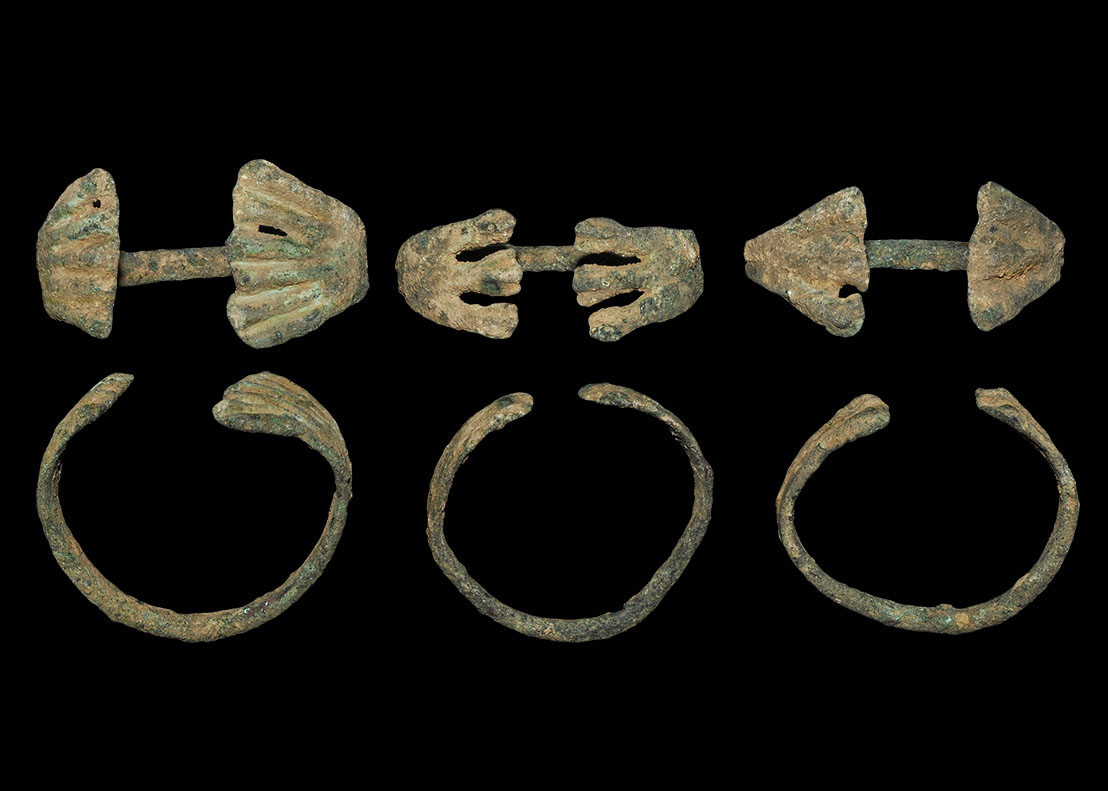
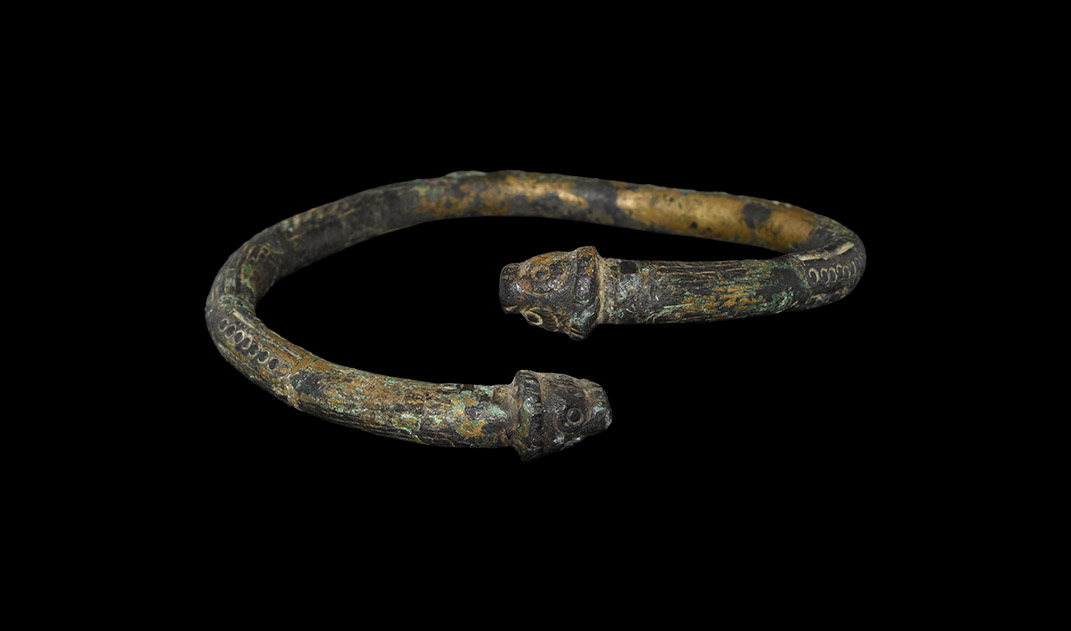
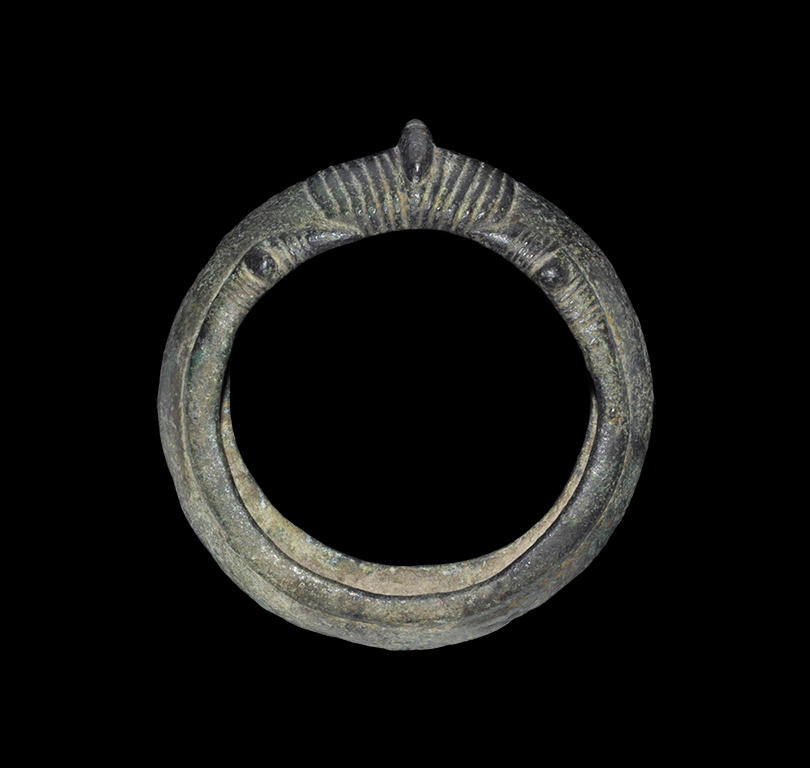
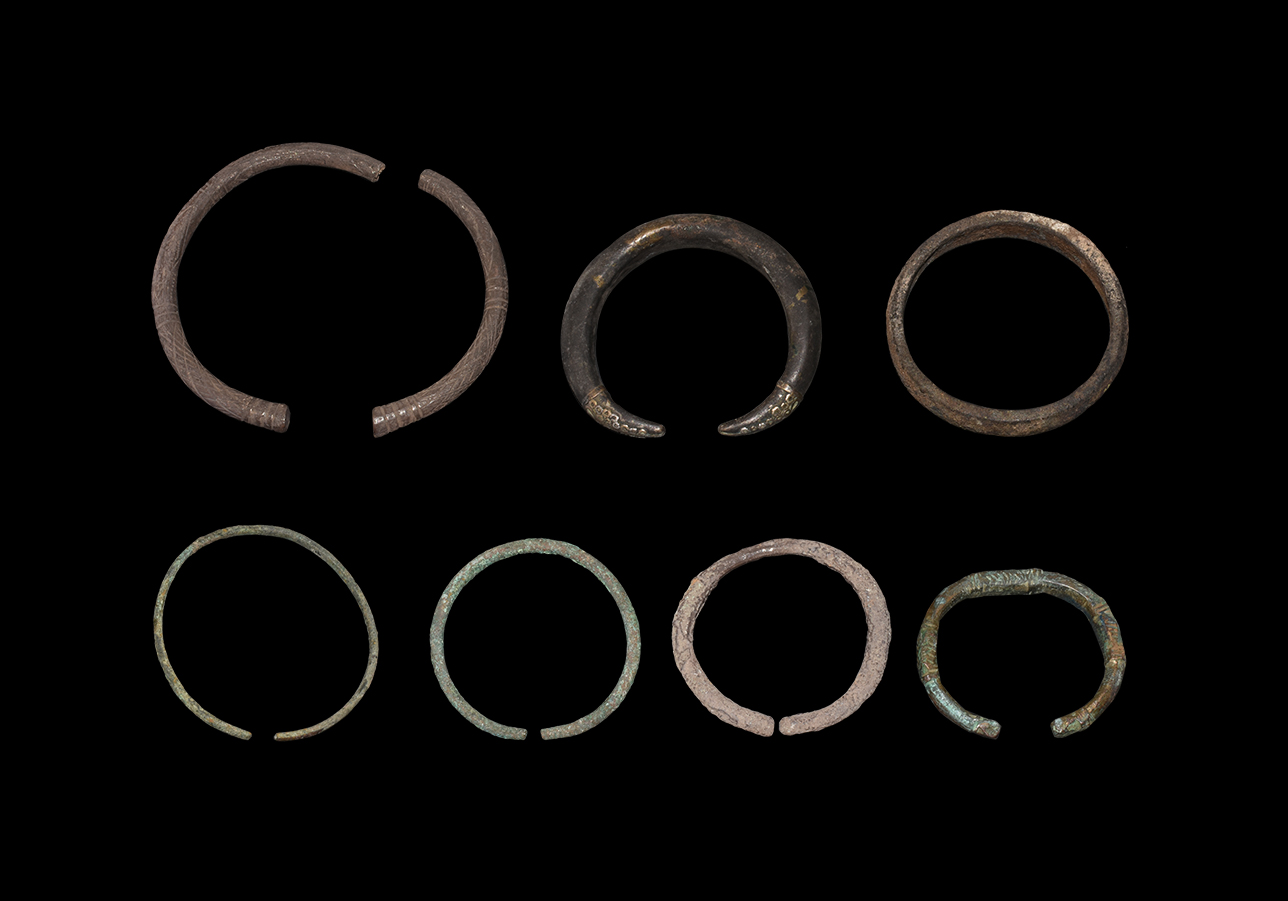
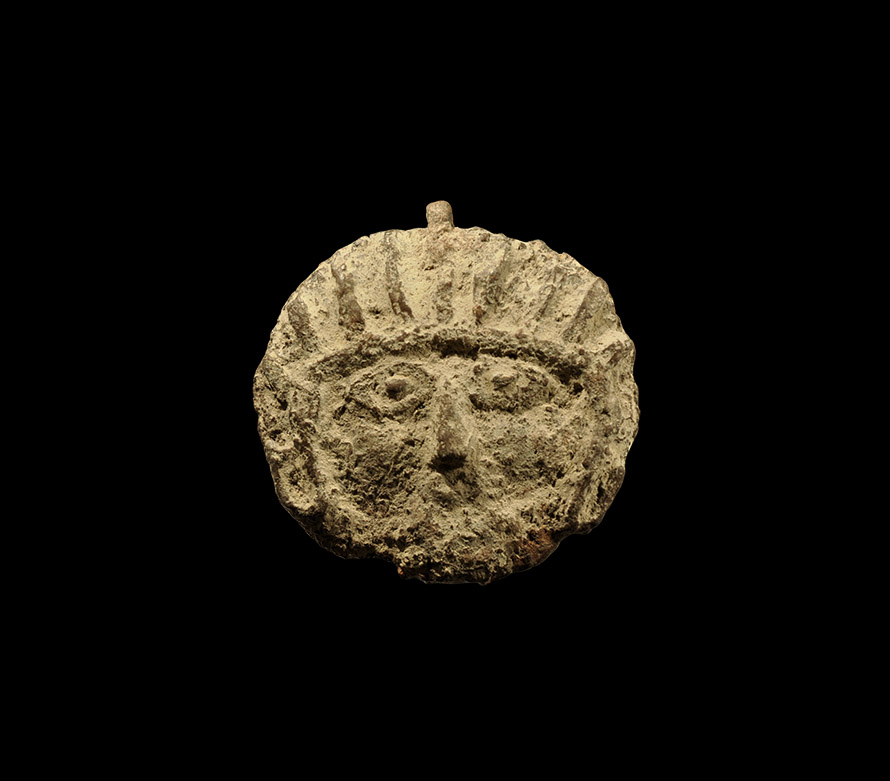
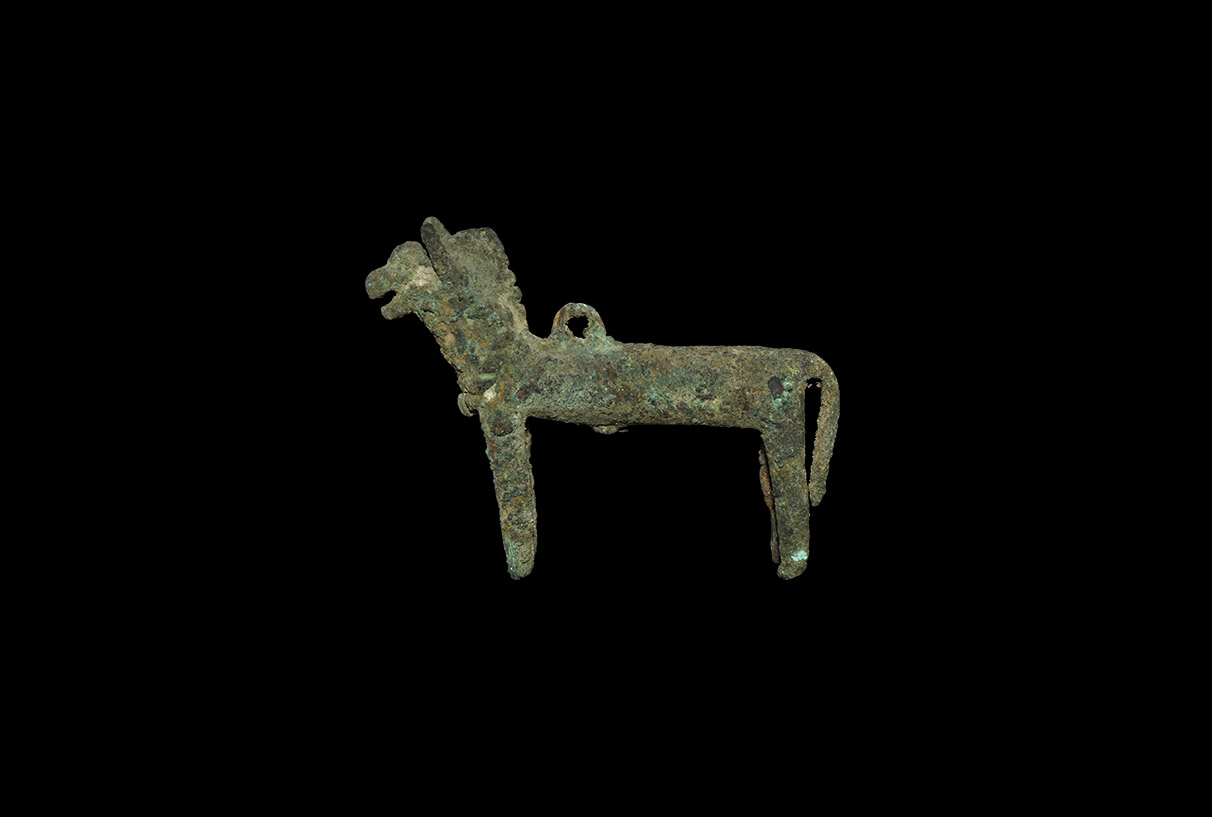
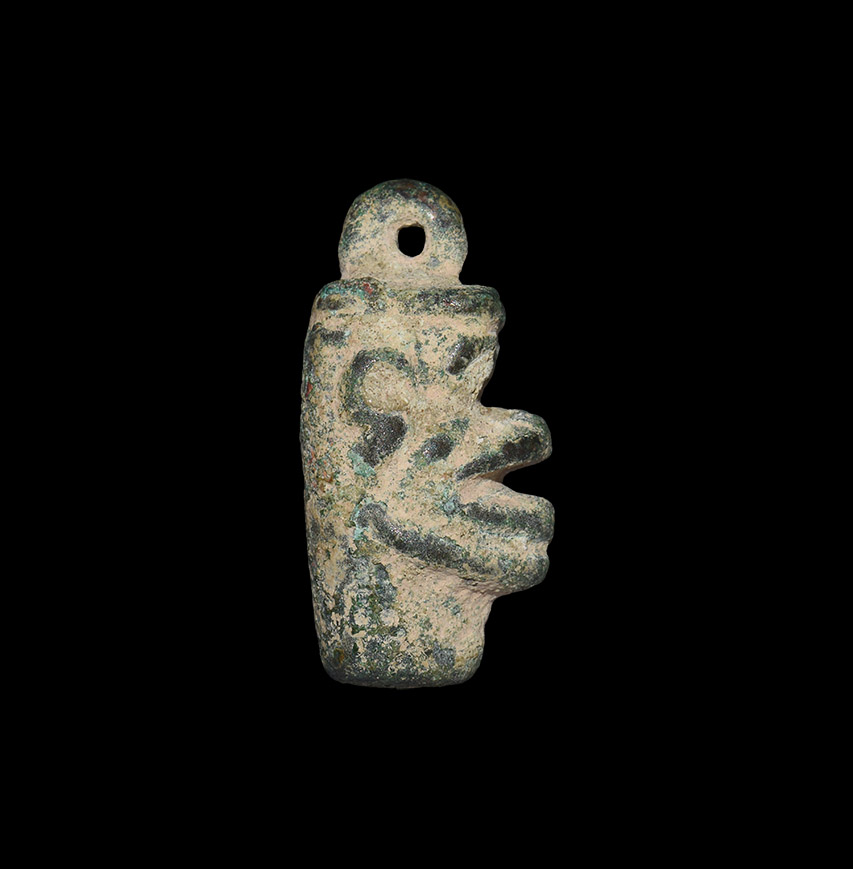
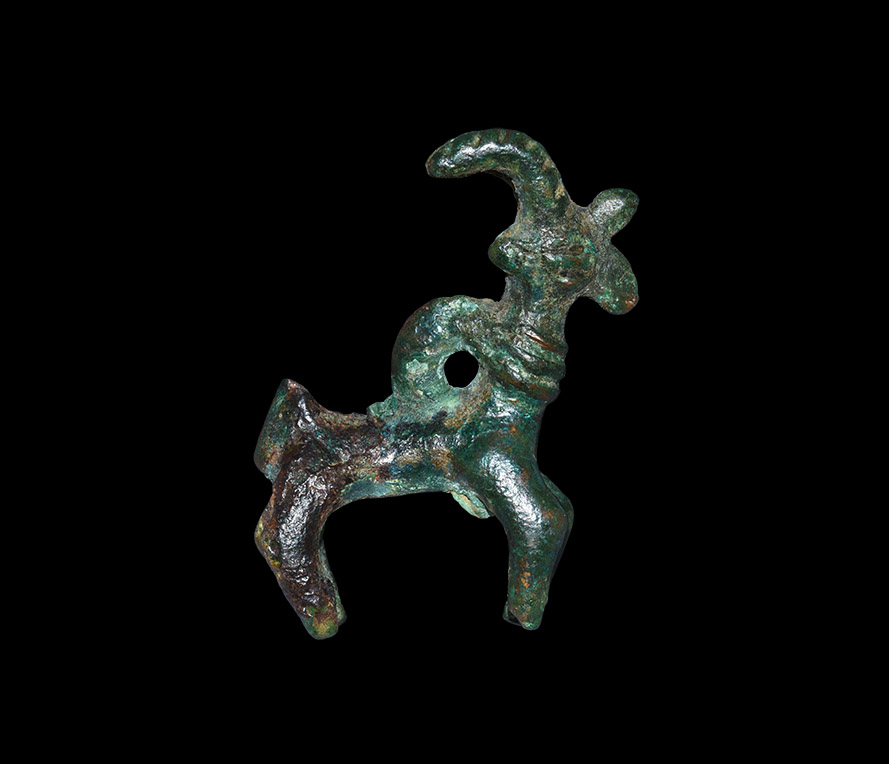
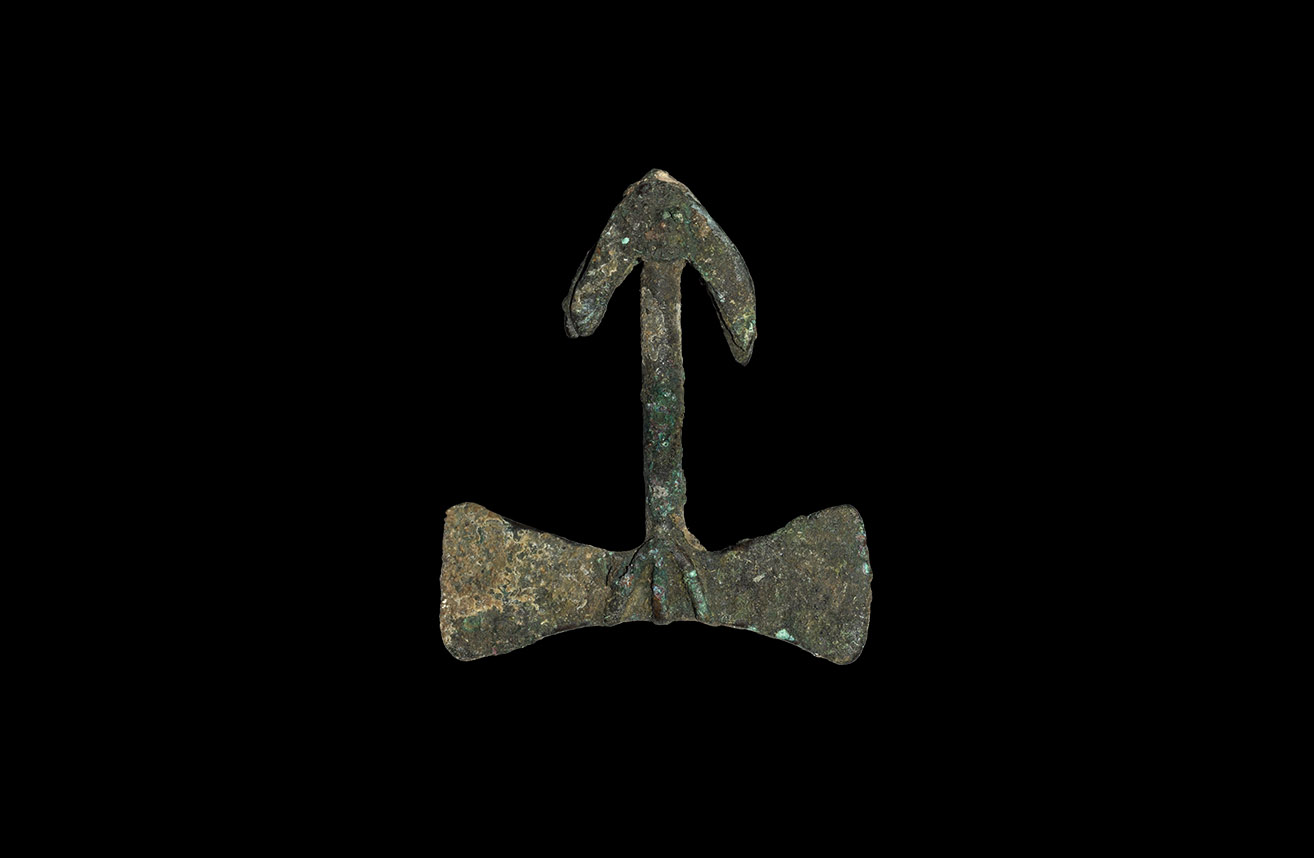
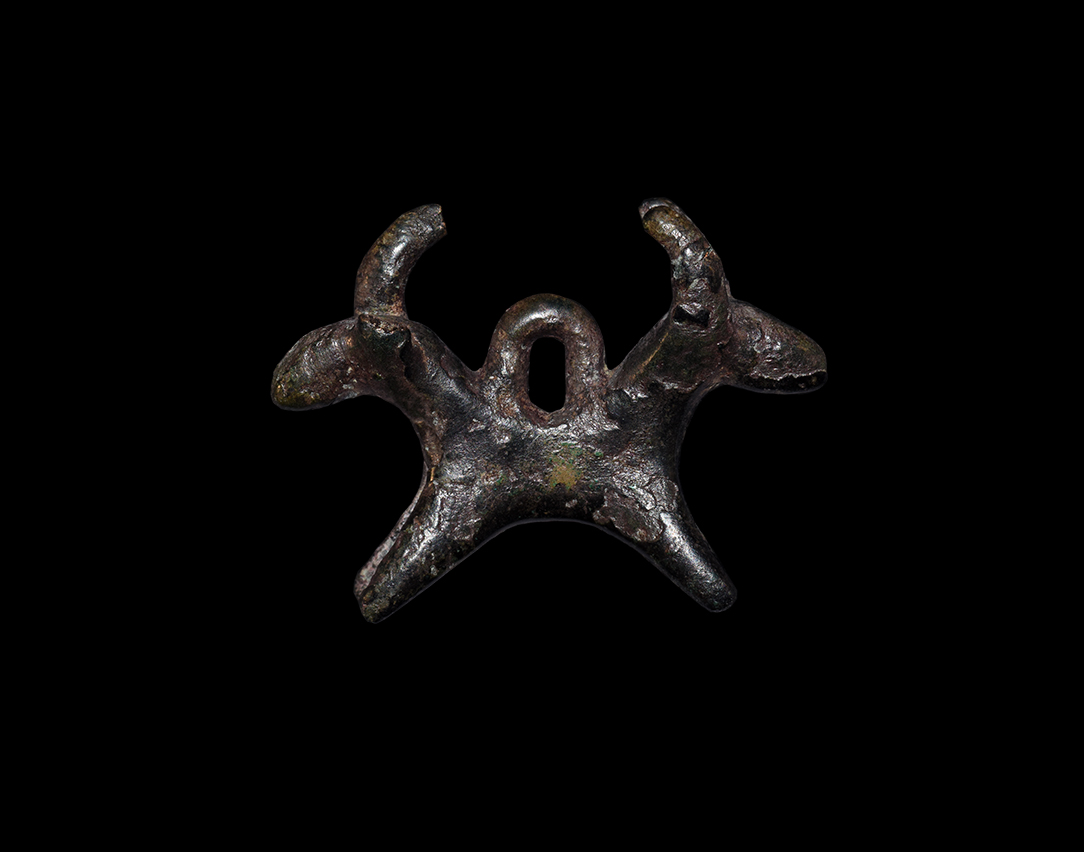
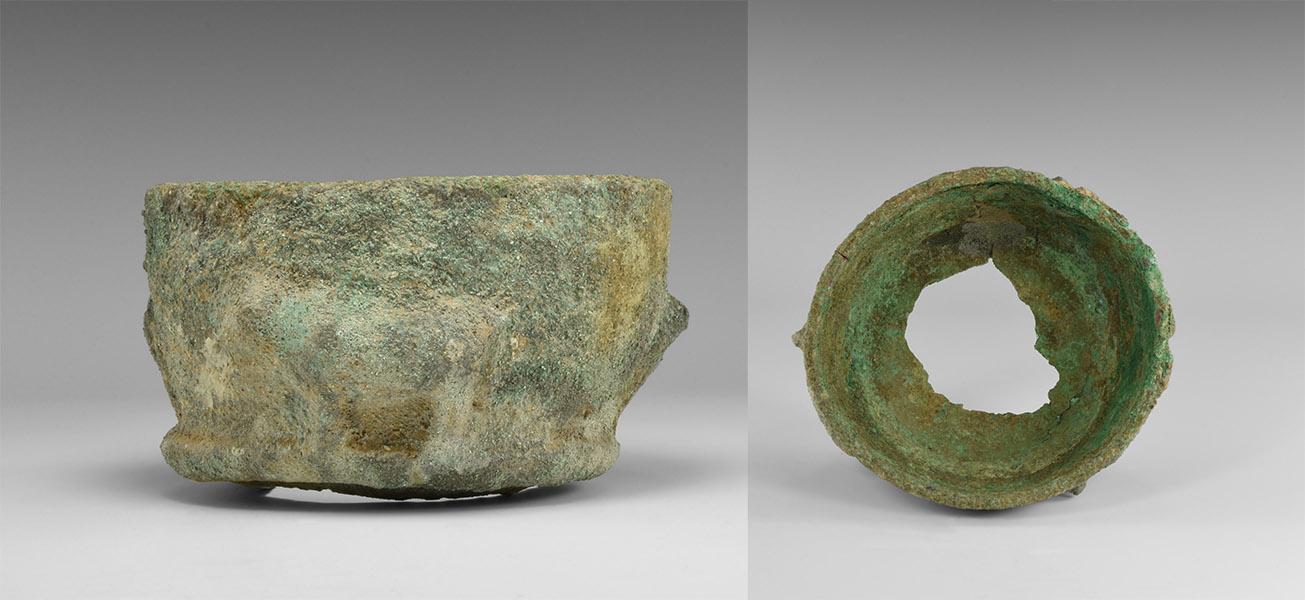
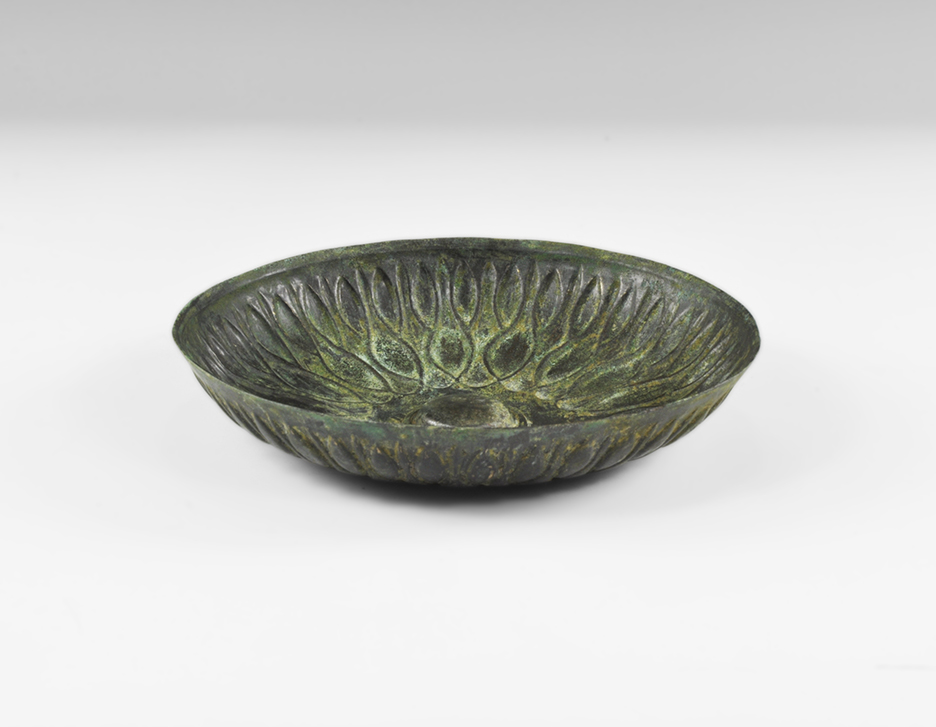
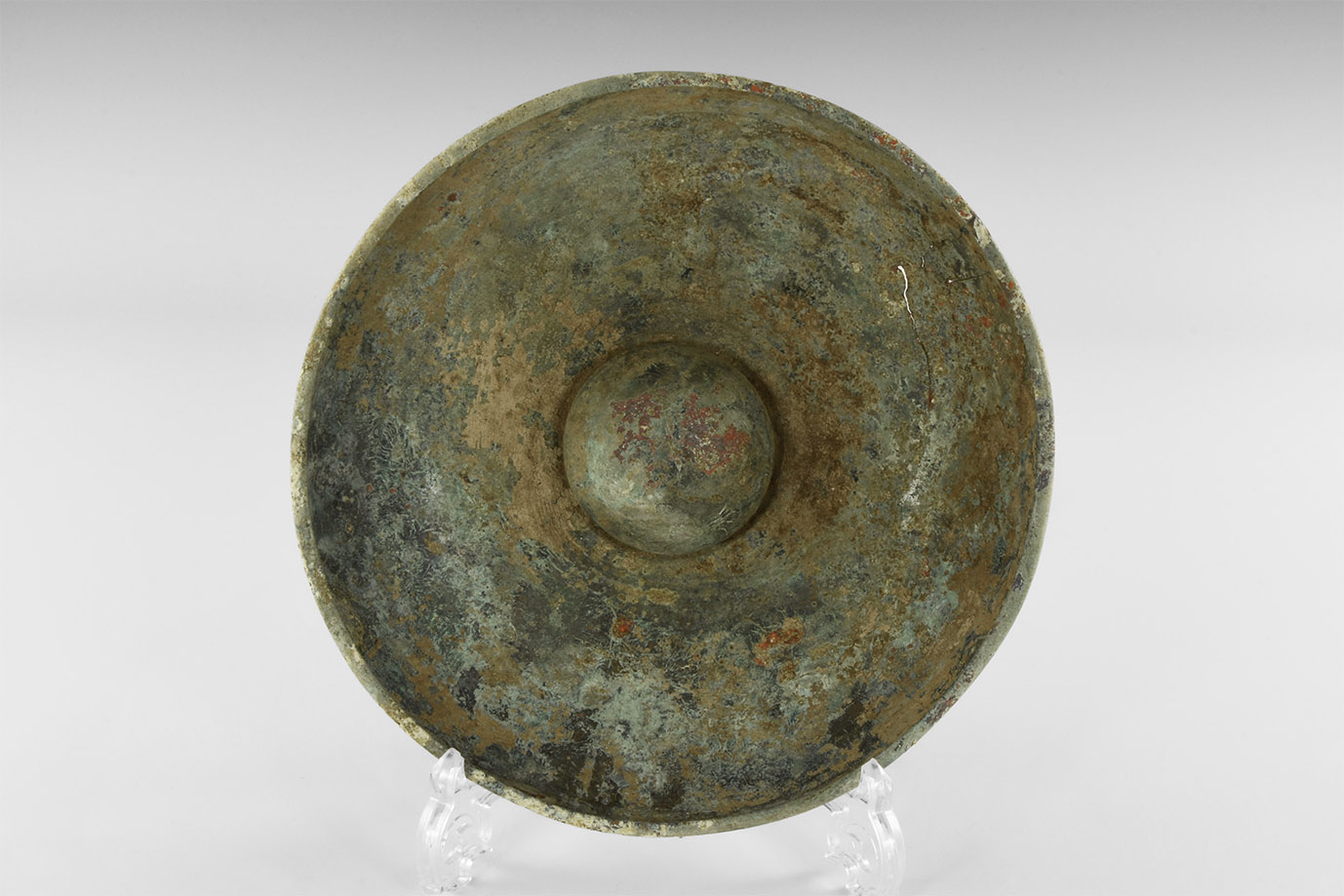
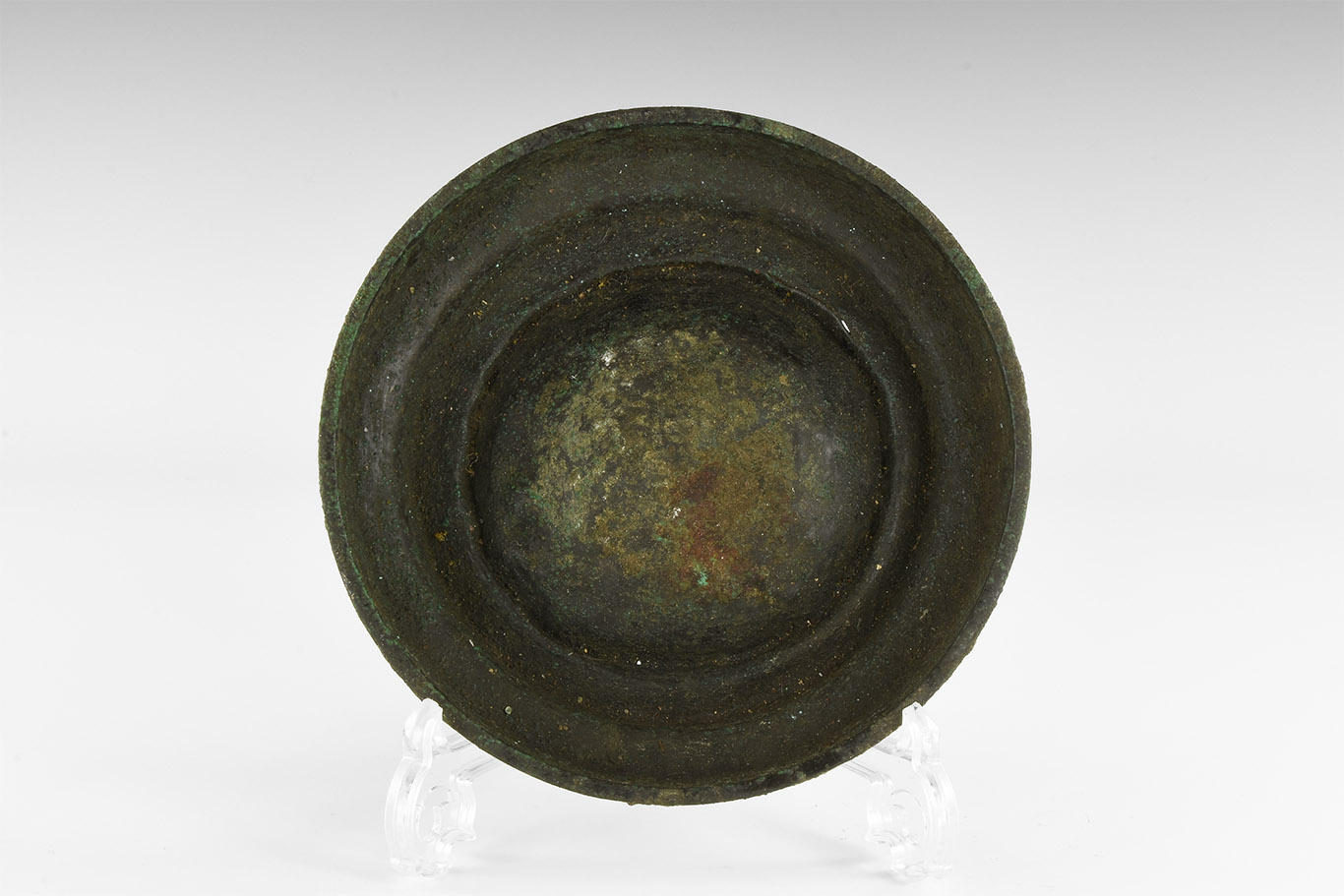
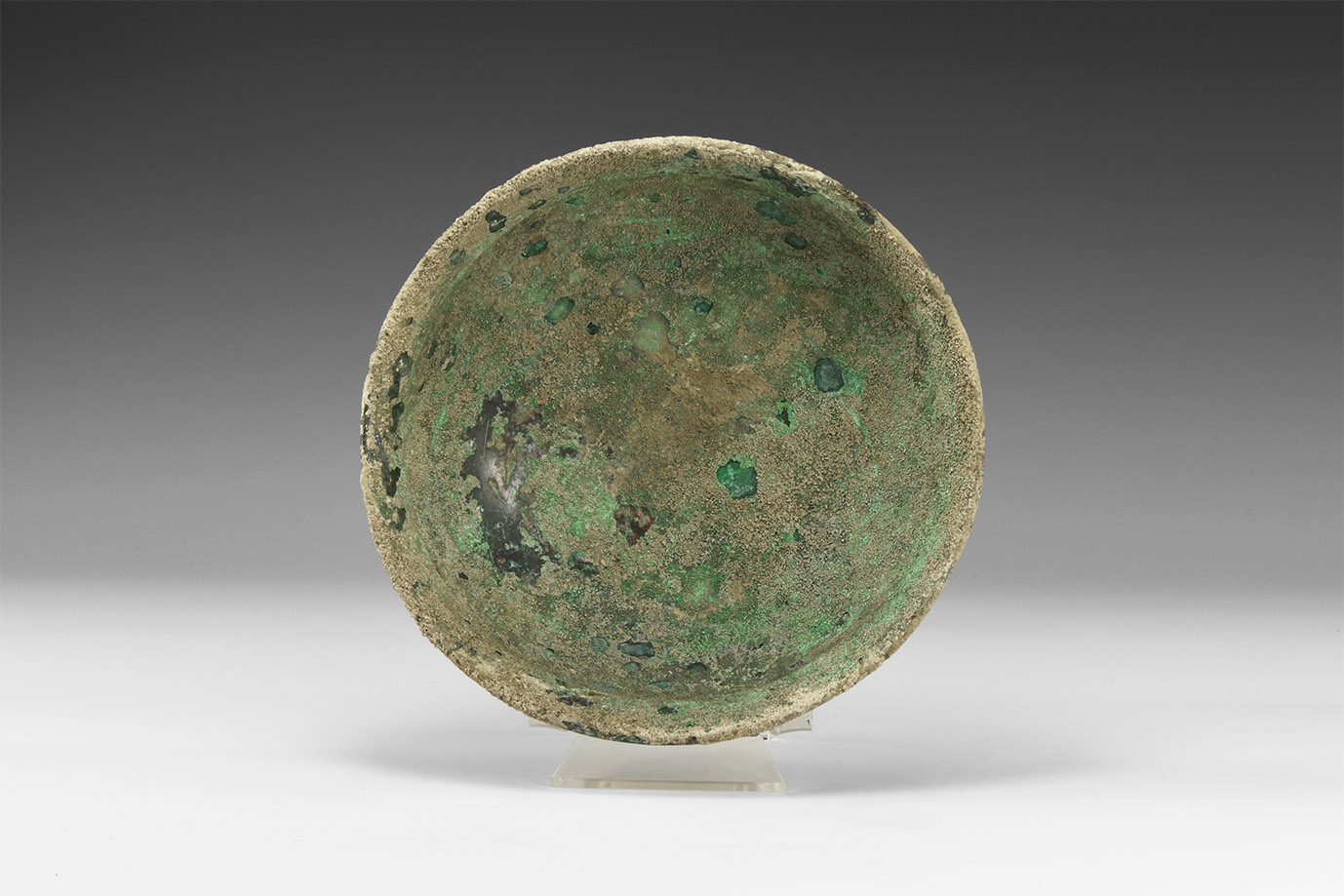
Try LotSearch and its premium features for 7 days - without any costs!
Be notified automatically about new items in upcoming auctions.
Create an alert